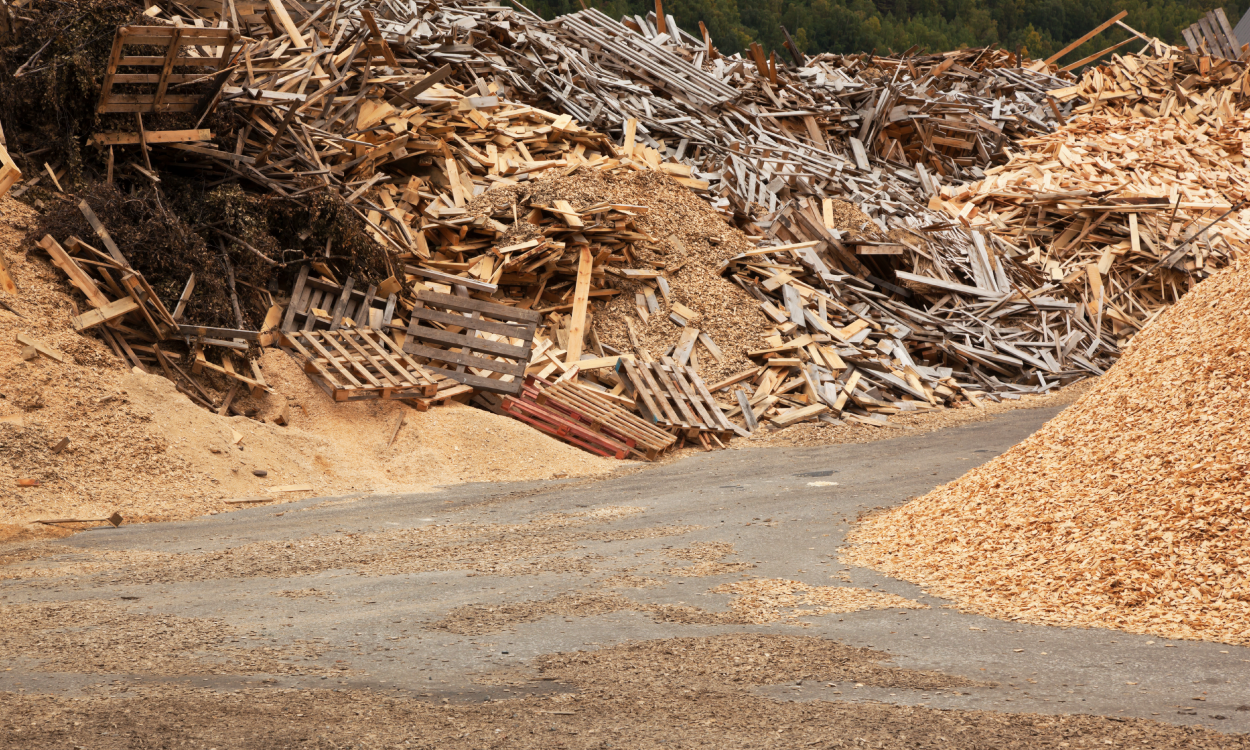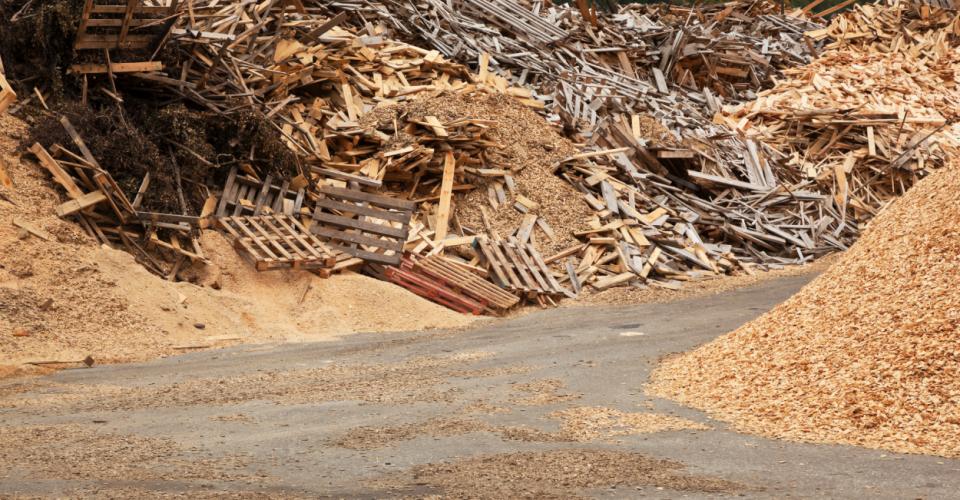The Wood and Timber Recycling Process
From old garden buildings and patio furniture, to floorboards and partitions from demolition sites – a huge range of projects produce scrap wood and it all needs to go somewhere. In order to help the environment, we should all play our part in recycling wood waste wherever possible.
The timber recycling process can be quite labour intensive, but it’s definitely worthwhile, and all we have to do is make sure the scrap wood gets to the right place so the process can begin.

Can You Recycle Wood?
Yes, you can definitely recycle wood! Simply take it to your local Household Waste Recycling Centre (HWRC) and it’ll be sorted and sent to the right place to be recycled. Alternatively, a specialist waste management or skip hire provider will take care of this for you.
About 60% of scrap wood in the UK is recycled each year, we need to improve that figure to avoid sending wood waste to landfill. Although wood is biodegradable, it takes a long time to break down so it can contribute to the ever-increasing size of our landfill sites.
Why Recycle Wood?
Recycling wood waste not only decreases the volume of waste going to landfill, it also reduces the number of new trees being cut down to create new raw materials. By decreasing the rate of deforestation, we can help to preserve the environment and natural habitats across the globe.
Timber recycling is also a sustainable way to get rid of scrap wood, keeping your garden or project site safe and clear of rubbish.
What Is Recycled Wood Used For?
The majority of recycled wood is used as carbon neutral biomass fuel. It’s carbon neutral due to the vast amount of carbon a tree absorbs as it is growing. About a quarter of recycled timber is made into panel boarding for use in construction, and most of the remaining products from recycling timber are made into landscaping materials and animal bedding.
Contributors To Waste Wood
The majority of scrap wood comes from construction projects and demolition, this wood is often mixed in with other kinds of waste and needs to be separated. As a result, the process can be quite labour intensive, because MDF, laminates and plywood all need to be treated differently when recycling wood waste.
The most common form of scrap wood generated by domestic households is broken or outdated wooden furniture, which again needs to be sorted and processed to separate the different types of wooden material.
The Timber Recycling Process
Wood needs to be treated in different ways during the recycling process, depending on what form it is in. Let’s have a closer look at the different steps in the process of recycling wood waste.
- First, wood is collected together either at a local HWRC, or by a skip hire company or waste management specialist.
- The wood is sorted and separated as much as possible at this initial stage, removing any contaminated items via a process of grading. Grading involves dividing the collected wood into different classifications depending on the type of wood and the level of contamination.
- Grade A – Clean and untreated wood
- Grade B – Grade A plus wood from demolition and construction
- Grade C – Grade A and B plus wood panel products like plywood and MDF
- Grade D – Any wood that may be hazardous or contaminated with creosote or metals – usually scrap wood from railways and fencing.
- When recycling wood waste, the scrap wood needs to be shredded, using a large and very powerful mechanical shredder. Magnets are then passed over the shredded wood to remove any ferrous metals, then the wood is screened using a vibrating machine to separate the different sized pieces.
- At this stage, the wood is divided and processed to make recycled wood products such as biomass fuel, panel boards, furniture and animal bedding.
Recycling timber and scrap wood involves several different processes and can be quite labour intensive. However, it is s an important part of ensuring we protect precious natural resources and habitats, as well as reducing the amount of waste that is sent to landfill. You can find out more about recycling in our other articles.

